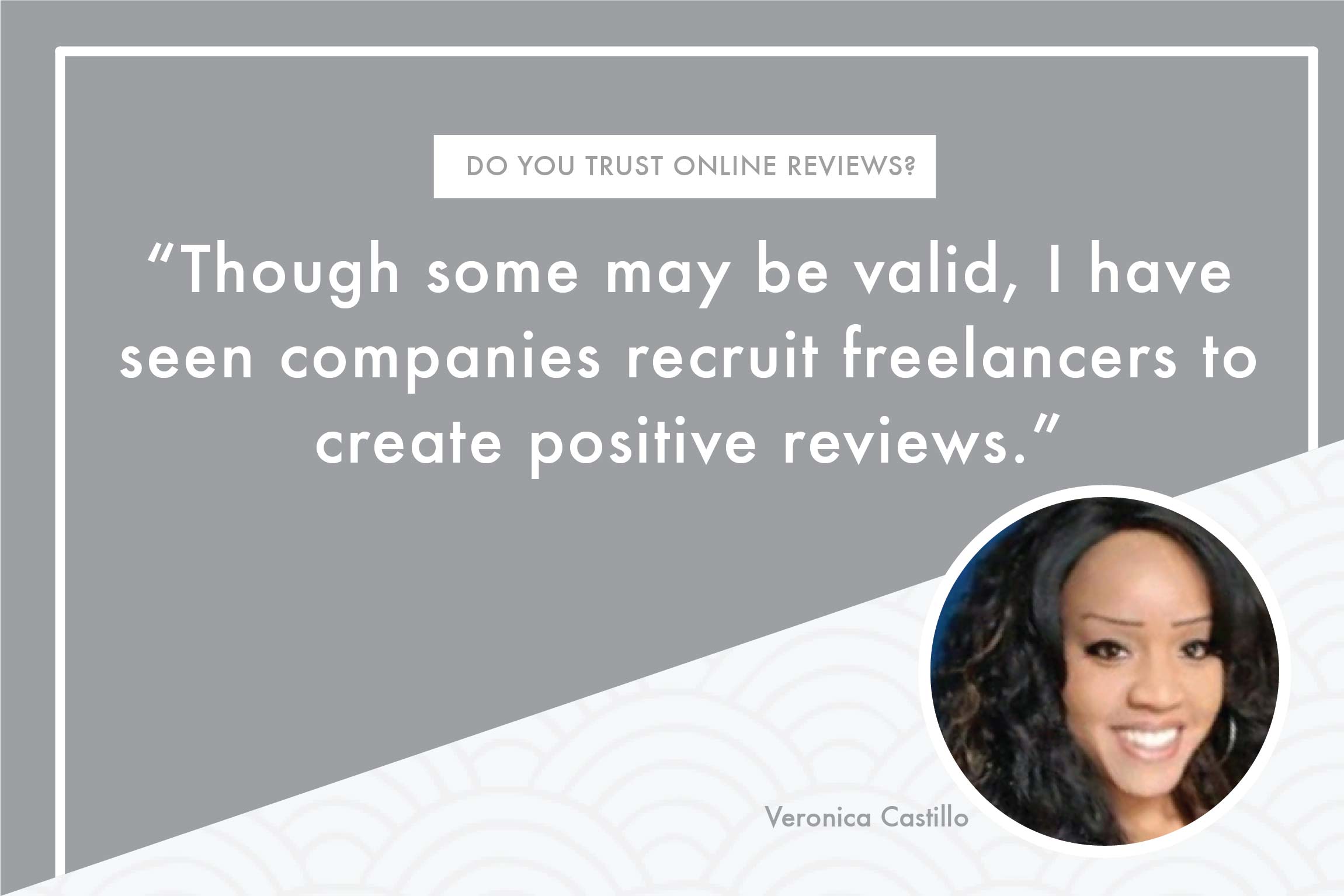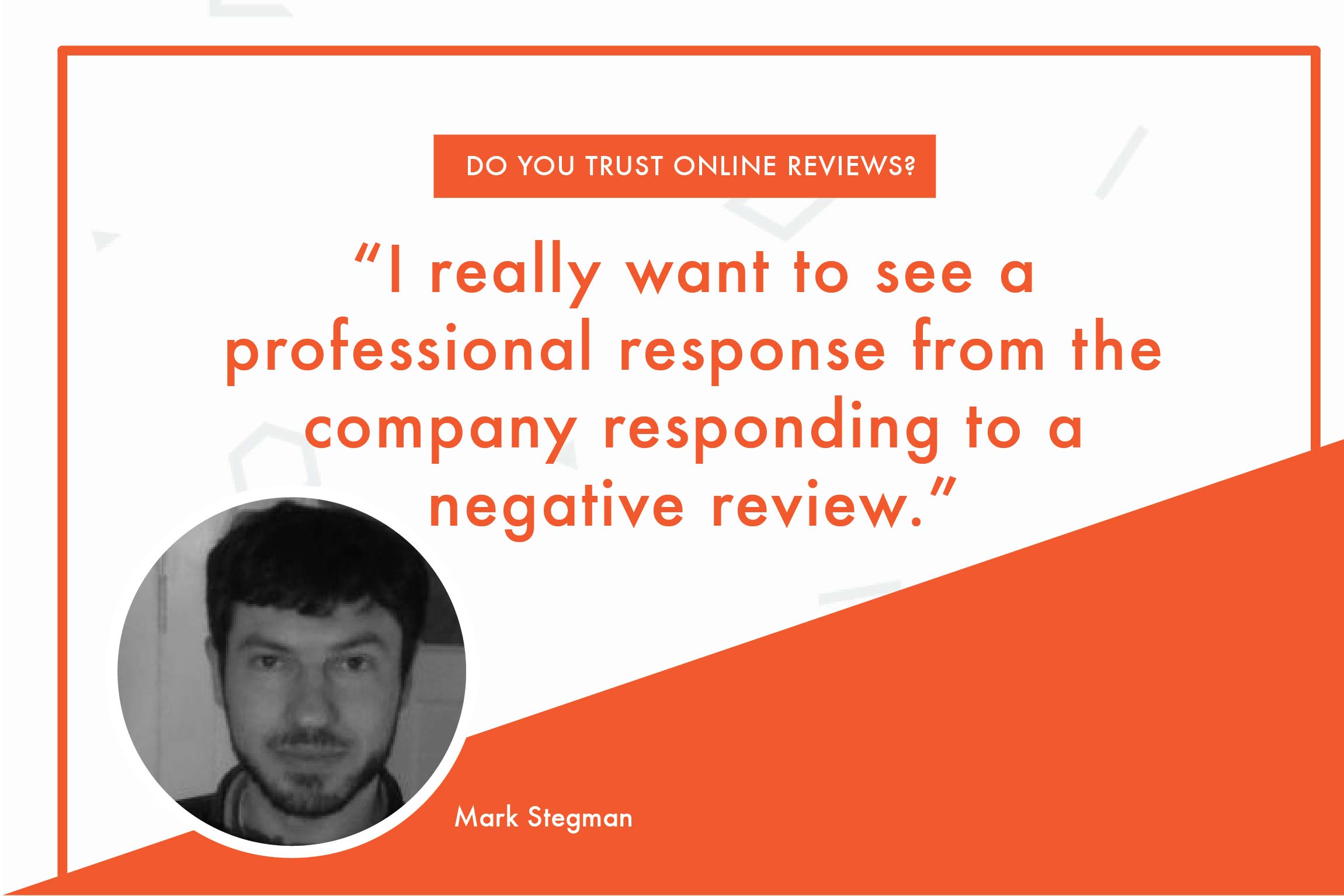2018 Reputation Management Guide
Developing a Plan for Online Reviews
People are going to talk about your brand online whether you like it or not. If you’re doing your job right, they’re going to be saying great things most of the time, but fairly or not, there will always be those who want to air their grievances. This is why it’s so important for companies in today’s digital environment to arm themselves with a strong online reputation management strategy.
The Current Review Landscape
It’s 2018, and the online review space is an interesting scene right now. There are more platforms to keep tabs on than ever before, whether it’s Facebook, Google, Yelp, Foursquare, or something specific to your industry like TripAdvisor, HomeAdvisor, or SomeOtherAdvisor. There are also countless tools and services out there allowing brands to both solicit good reviews and manage the bad, from brand monitoring tools like Mention, to add-ons like Yext’s review solicitation feature, to review-focused services like Birdeye.
With so much to think about when it comes to reviews management, let’s take a quick look at what matters most in 2018 and the steps your brand can take now to be ready.
People Trust Reviews… IF They Seem Authentic
According to a BrightLocal study, 85% of consumers trust online reviews as much as personal recommendations, although many of those respondents said they had to “believe the reviews were authentic.” And that authenticity issue may be more prevalent than many realize. For example, a Forbes article in September detailed a study suggesting that the web giant’s fake reviews problem was “worse than ever.”
The Shed at Dulwich
Perhaps the best example of the fake reviews problem is London’s infamous The Shed at Dulwich, which climbed to #1 on TripAdvisor—despite the fact that it didn’t actually exist. The stunt was pulled off by a writer working for VICE who had previously been paid to post fake positive reviews for restaurants. He wanted to see if even an actual venue itself could be faked on the site, so he posed his shed as a hip and “homely” restaurant, then got friends to write fake reviews about it. (The video documenting the “dumb experiment” is entertaining to say the least.)
I recently asked my LinkedIn network how they felt about online reviews.
Many of their responses echo this skepticism. Whether they are concerned about fakes or just want to avoid the comments that are irrelevant to their own situation, it seems many people tend to have a personal strategy for sifting through reviews to try to uncover the truth.
Here are some of my favorite comments:












Whether or not they believe each review, it’s clear that consumers rely on them to help them make decisions about which companies will win their business. So, what should you be doing to make sure your reviews are the best they can be?
Creating an Online Reviews Strategy

To win the reviews game in 2018, here’s what you need to do:
-
Be aware of all your existing reviews.
-
Monitor all incoming reviews.
-
Create a reviews response plan.
-
Take proactive steps to encourage positive reviews.
That’s it! Easy, right?
Well okay, let’s break it down a little bit.
1) Audit your existing reviews
Before you create the rest of your strategy, you need to understand where you’re starting. So take a look at all the review websites where customers are sharing their experiences concerning your company, including Facebook, Google, and everything else.
First tip: Remember that it’s okay to have an aggregate rating under 5 stars. In fact, it may be preferable to be in the 4-4.5 range, since users will be more likely to believe your reviews are authentic.
Once you understand your current status, you can prioritize the next steps. If your reviews are pretty good, your next step should be to set up monitoring. If you already have bad reviews, make sure you address those issues ASAP, and get started on a plan to produce positive reviews, too.
2) Monitor incoming reviews
There are plenty of tools for accomplishing this:
- Claim your page on Facebook and any other relevant platform. Then, make sure your account is setup to send you notifications for new reviews.
- Setup Google Alerts. Sometimes, you will see new reviews come in through your brand alerts.
- Mention is another popular tool for brand monitoring. It often picks up brand mentions on Twitter, too.

3) Create a reviews response plan
It’s a THOUSAND times easier to deal with crisis communications when you’ve already been proactive in creating a plan ahead of time.
There are a few basic questions your plan needs to answer: Who is monitoring reviews? Who responds? What’s the process?
Your plans should also include basic guidelines on how to write a response. This will make sure you’re consistent across platforms as well as keeping your comments consistent even if different people respond at different times. Your guidelines ought to include some basics, such as:
- Be nice. We live in a world of connected consumers and even the slightest slip-ups can really come back to haunt you.
- Don’t get personal. It's helpful to keep in mind they're yelling at your company as a whole, not you (the responder).
- Say thank you and show appreciation to the customer for taking the time to share the feedback
- Remember: feedback is important and can help your business improve in the long run
- Consider the greater audience—the original reviewer is not the only one who will read your response. How do you want others to see you treating this customer?
Oftentimes, a bad review can actually turn into a good thing when you show the world how well you handle negative experiences. You should also remember the 1:5:10 WOMM rule: Happy people tell 1 person, unhappy customers tell 5, but unhappy customers that you make happy again tell 10! So, let’s make this right.
Finally, be sure to include basic response templates in your planning document. For example, our team often writes entire responses into the plan that can be copied and pasted, then just fill in what’s missing.
4) Take proactive steps to encourage positive reviews
Acquiring positive reviews is a long-term endeavor, and the key to success is developing healthy habits of encouraging the right people to leave you positive reviews at the right time. That means training your staff to ask customers at the moment of peak satisfaction.
Make it as easy as possible for these happy customers to tell the world about you by providing simple, clear instructions that include your preferred review platform. This can be a physical handout, digital content, or verbal communication. Some typical strategies we have employed include:

- Front desk flyer/table tent
- Script for anyone answering the phone or greeting customers as they walk in or leave
- Small handout to give to satisfied clients
- Thank you cards - respond and ask if they'd be willing to share online
- Client surveys - copy/paste their feedback and email them asking for a review
- Emails to recently-satisfied customers
- Social media responses (send them to Google)
Take it Away!
This is your simple roadmap to reviews success. With these strategies in place, the rest of it comes down to being a business that your customers trust and want to help succeed. So if you put these plans in place and keep on providing killer customer service, the rest will fall into place naturally.
Looking for More Social Media Help?
The expert team at dooley media helps brands get attention by being thoughtful about how they give it. Our goal is to make every social interaction with your company a remarkable one. Get in touch to find out how a partnership with our team can grow your brand.
